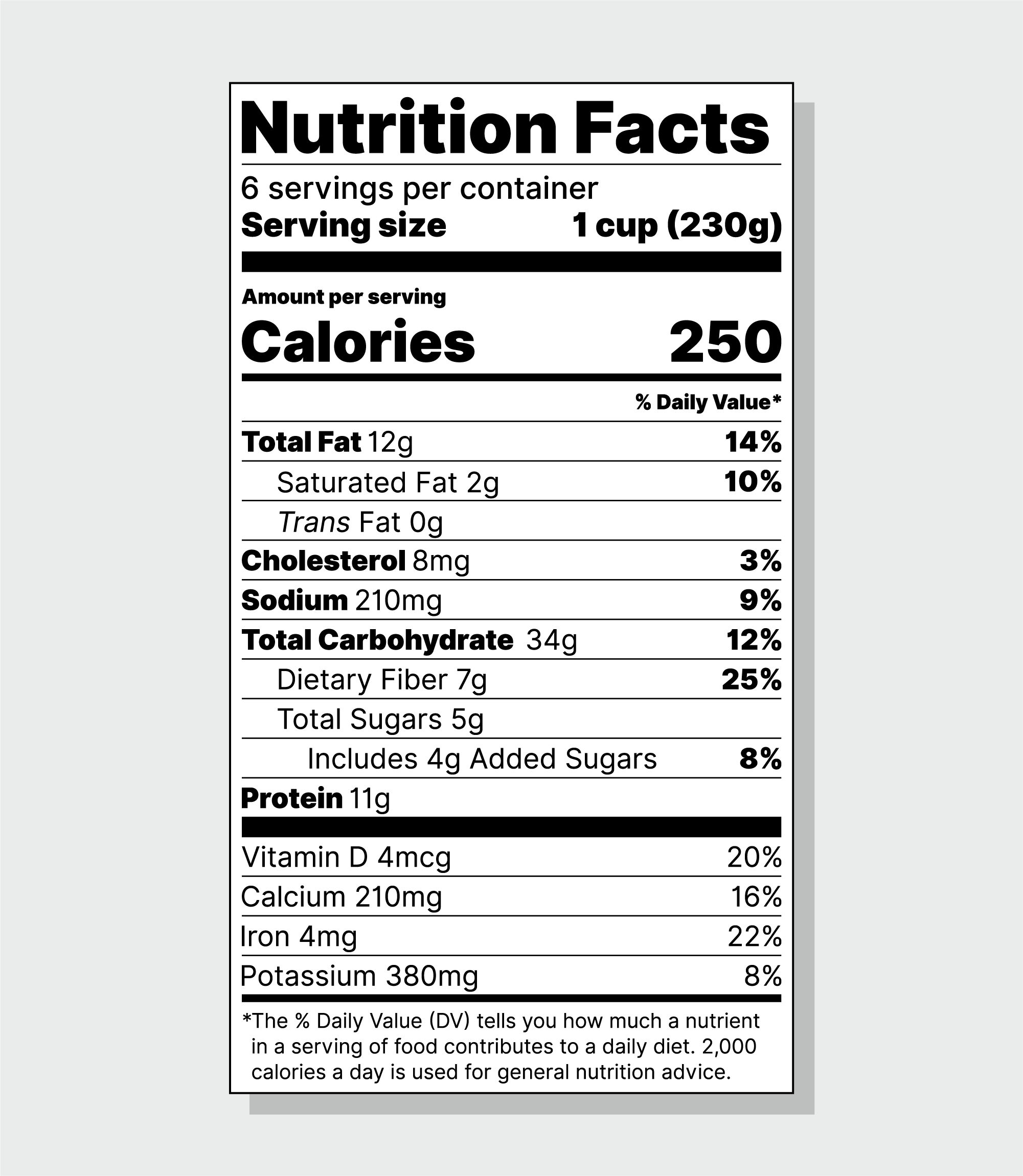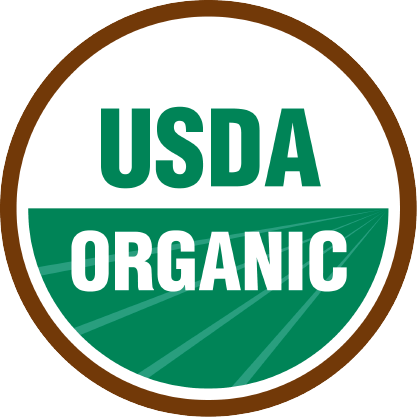Whether it is that recipe that has been handed down from generations, or the one product that is the star of your restaurant or catering business, or perhaps, even something you have spent years perfecting, taking the leap to commercial scale-up can be an exciting but daunting task. Due to the pandemic, and innovative and entrepreneurial individuals, this past year has seen an influx of products migrate from family tables, or restaurants to local and sometimes national store shelves.
Popsicles, pickles, pasta sauce, pierogis, hot sauces, empanadas, olive paste, cream cheese, ice cream, spice rubs, bagels, drink mixers, mac & cheese and hummus are just a small cross-section of the products we here at Certified have seen come across our laboratory.
When manufacturing and preparing for the jump to retail product, there are a number of considerations that should be considered that can both differentiate your brand in a crowded space and ensure the quality and safety that consumers expect.
In part one of this series, we will take a quick look at labeling and label claims. Part II will focus on the food safety and quality aspects of launching a product.
Labeling:
Nutritional Label and Label Claims have moved from basic facts panels to being a source of key consumer purchasing decision drivers. A recent study by the International Food Information Council Foundation found that a majority of consumers look to the Nutritional Label as the primary source for the healthiness of food.
- 59% say they ALWAYS read the label before purchasing
- 69% look to the Nutritional Facts panel for the healthiness of products
In addition, label claims for Allergens, USDA Organic, non-GMO and Gluten-free are additional opportunities to differentiate on store shelves, and provide further accessible information to your customers. In another survey, of 15 labels by the Organic and Non-GMO report cited: Non-GMO and USDA Organic far surpass the rest in a survey of 15 different labels.
- 63% of consumers recognize USDA Organic
- 54% recognize the non-GMO butterfly logo
- 32% recognize Gluten-Free
Consumers are becoming increasingly more discerning about the products and ingredients they are purchasing so providing them an accurate, defendable and informative label builds both brand awareness and trust from retailers and customers.
A. Nutritional Labeling:
All products on store shelves require a Nutritional Label and as described above have become an integral part of the buying process. In 2016, a new labeling format and changes in the required analysis were implemented. In January of this year (2021), the rule became effective for all customers, including those under $10M in revenue. Labels now require the addition of Vitamin D, Added Sugars and Potassium and have made Vitamin A & C as optional components.
Analytically generating your label can provide an accurate representation of your products’ components, identify potential differentiation opportunities and ensure transparency with your customers.

B. Allergen Free, Gluten Free, Non-GMO, USDA Organic
Food Allergen Labeling is covered under the Food Allergen Labeling and Protection Act and includes the 8 Major Allergens, which has been in effect since 2006. These include Milk, Egg, Fish, Shellfish, Tree Nuts, Peanuts, Wheat and Soybean. Recently, there has been interest in an FDA guidance on additional allergens, such as Sesame, as the 9th major allergen which has a frequency rate similar to Soy and Fish.
Gluten-Free can be another important label claim on your packaging. However, with a number of highly active consumer groups, as well as regulatory oversight, ensuring that claim is critical in avoiding a potential misbranding recall. Recent recalls, from sausage, baked goods, to supplements have all been subject to recall within the past year.
Non-GMO as mentioned above, are highly recognized by consumers as healthier options to non-labeled products. Non-GMO alone represents $26B in annual sales and requires a verification process by a licensed 3rd party with the support of a Non-GMO product approved testing laboratory.
USDA Organic, similar to the non-GMO, is also a certification, through a USDA accredited agent. The process is outlined here and is required for farms, processors and vendors that meet the following criteria.
- Farms that sell more than $5,000 in organic products per year (gross sales).
- Handlers that sell more than $5,000 of organic processed food, including handlers that place bulk products into smaller packages or that repackage/relabel products.
- Processors that sell more than $5,000 of organic processed products, unless all products contain less than 70 percent organic ingredients or only identify the organic ingredients in the ingredient statement.
- Vendors that handle (e.g. package) and sell products online (but not in stores) or otherwise deliver organic products.
As you can see above, labeling and accuracy of labels have become a key piece in bringing your product to market.
If you have any questions regarding your label, or product, please do not hesitate to reach out to us below and be sure to check out Part II of our blog where we discuss Food Safety, Food Quality, Shelf Life testing and Risk assessments.
Choosing a Laboratory Partner
Every product and production environment has a unique set of circumstances that should be addressed. Choosing a 3rd party laboratory partner with the expertise to help navigate your scale up and future growth is an important decision.
Some key questions to ask: Is your laboratory ISO1725 accredited? How easy is the laboratory to work with? How accessible is the technical expertise? What is the breadth of capabilities? How responsive are they to inquiries and questions?
We here at Certified Laboratories enable clients of all sizes everyday in making the small and large steps they need in order to bring Nana’s famous sauce from the Sunday afternoon dinner table to store shelves.


